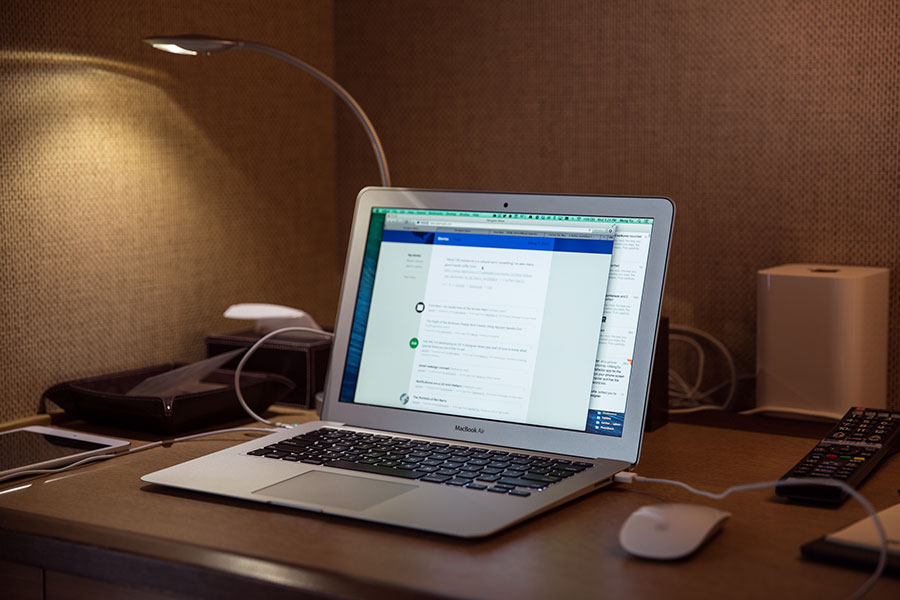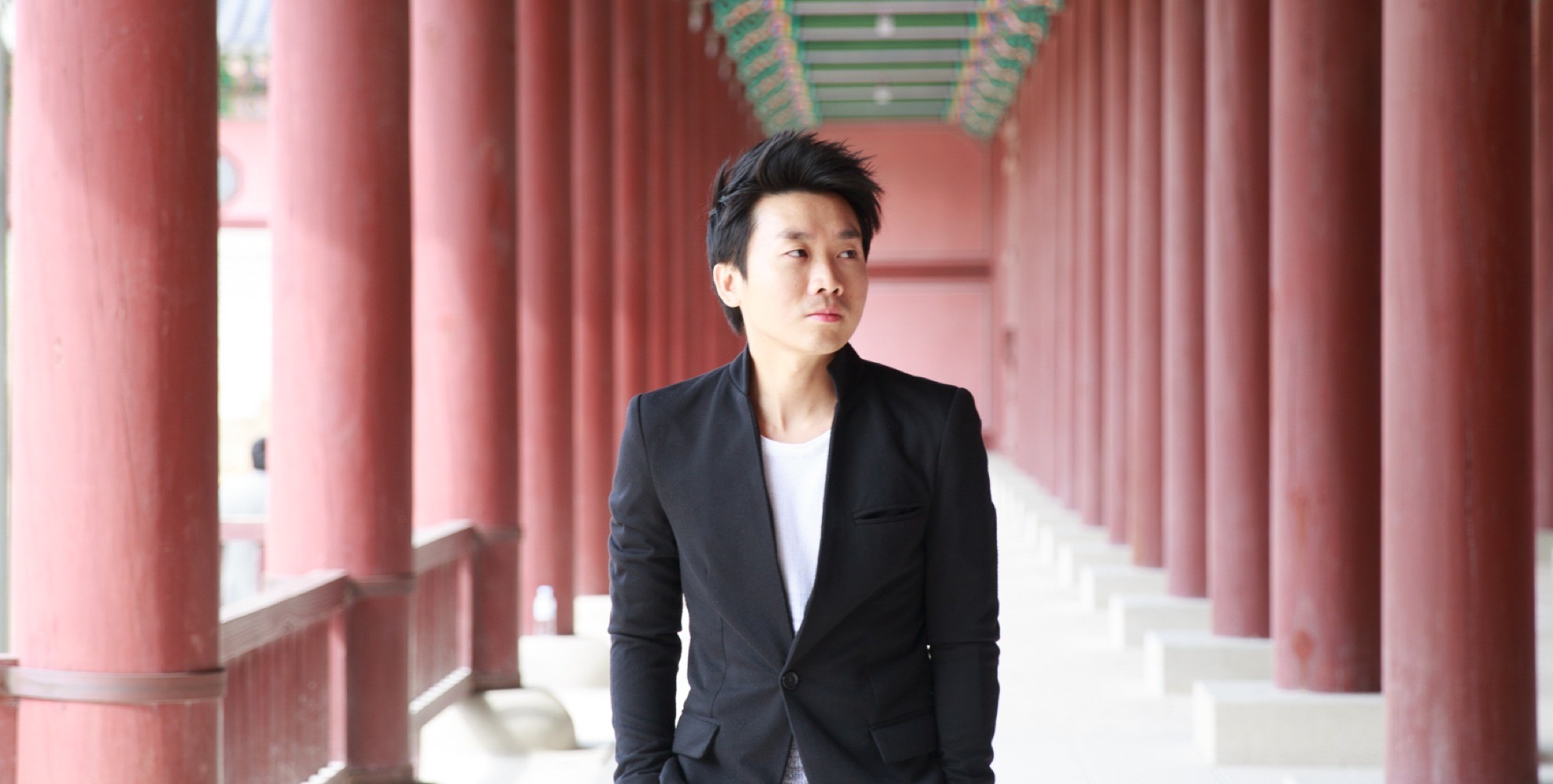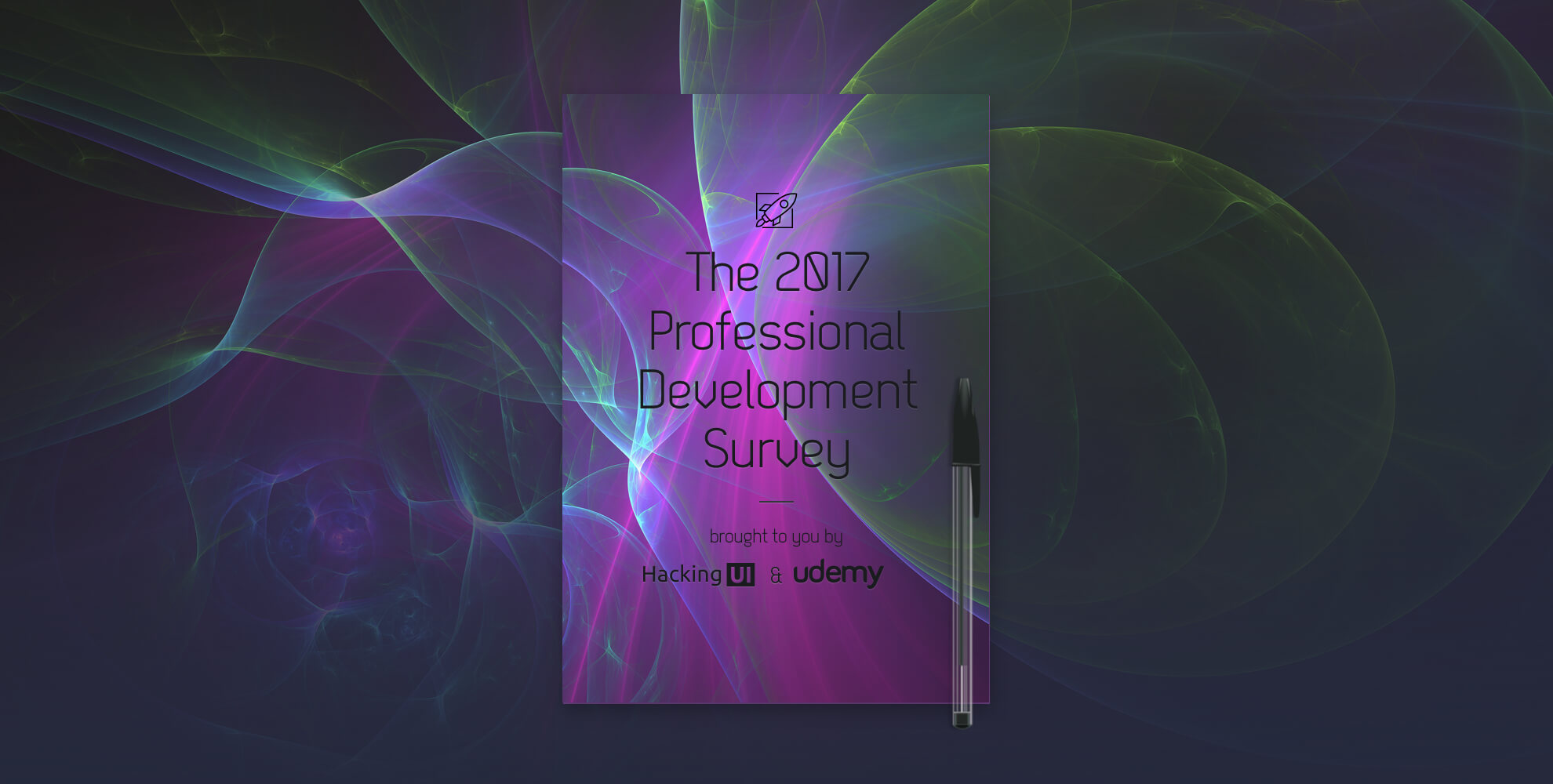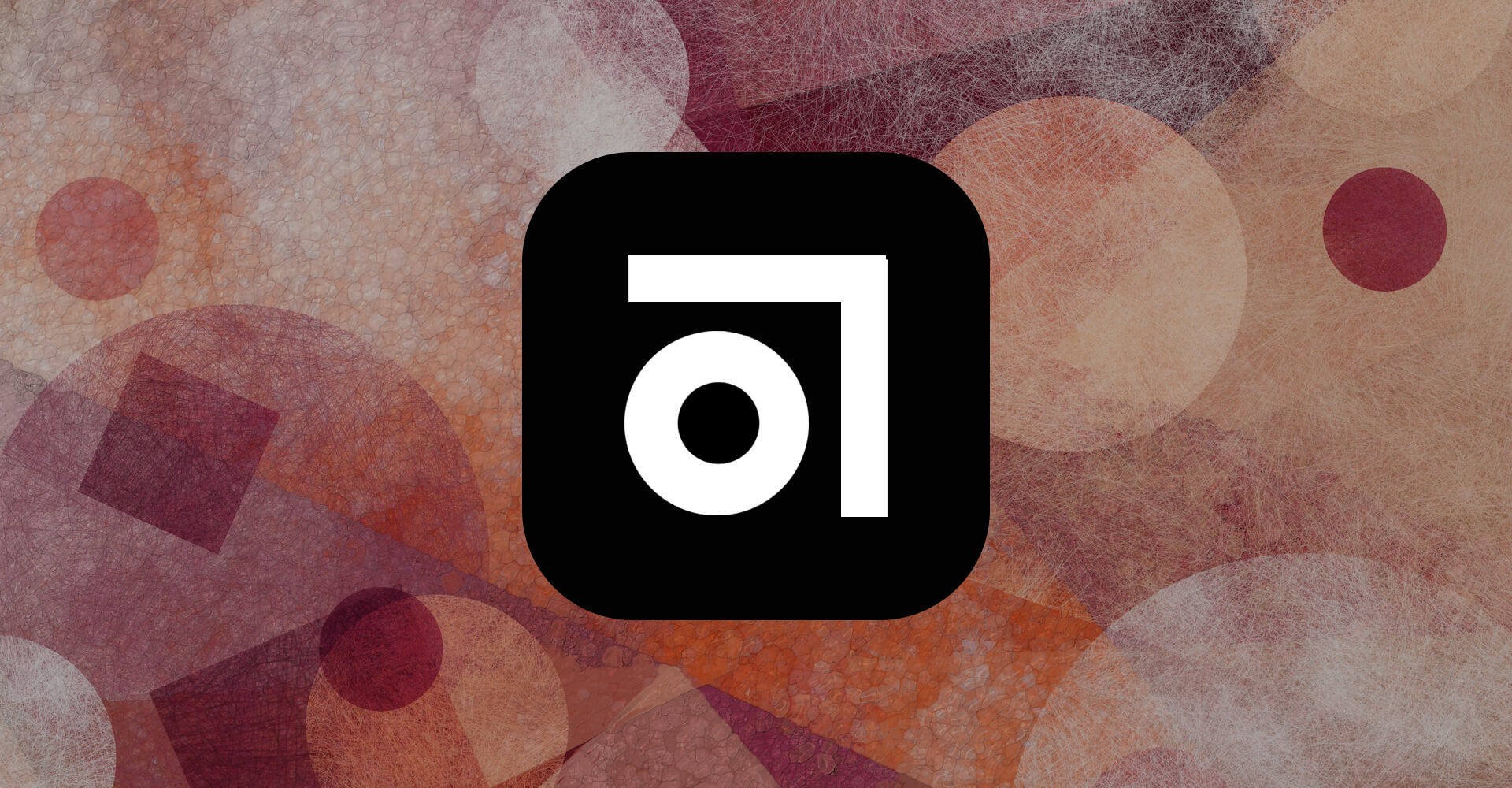We are proud to present an interview with Meng To – one of the most inspiring designers today and author of the new book Design + Code – From Sketch to Xcode.
Hey Meng, tell us a bit about yourself, and how you came to be a designer
I’m a product designer who’s been traveling around the world. I guess that’s who I am now, due to visa problems. There’s no real home for me at this moment. I don’t want to settle until I find the perfect place.
As a kid, I moved to a new place almost every year. I’ve lived in Canada for the better part of my life, but I wasn’t born there. When I was eight, my mom, who’s one of the most courageous and hard working people I know, got the whole family immigrating to Canada as we were exiling from the war in Cambodia. Things were tough. But I never complained. I was a quiet and timid kid.
As I grew older, I was fascinated by technology. How it brought introverted people like me closer together. My brother would bring home these computers, and they had really cool games like SimCity, Warcraft and Command & Conquer. I loved strategy games. Back then, I knew that I wanted to design games. So I started doing computer graphics and eventually learned how to code out of necessity. I didn’t like the idea that the world couldn’t see my work just because I didn’t know how to code.
I’ve always loved helping people understand the craftsmanship behind products. Often times, we don’t understand why we like things, and so we buy the cheapest. I’m against that.
Can you tell us a bit about your travels? Where are you living now? Where have you lived recently and how did it influence the designer you are today?
Prior to San Francisco, I was in Montreal working for startups that tried to emulate the success in Silicon Valley. That seemed to happen a lot. I grew tired of it, because it was hard to convince people about design. CEOs, designers, engineers and marketing didn’t seem to understand each other. Each department had their own vision and processes. It wasn’t unified. So, I was a rebellious designer who loved to break the rules. I had no respect for these broken processes. As an example, in every place that I worked at, I would bring my own Macbook Pro and a Cinema display. They only provided Windows machines and Dell monitors.
So when I found an opportunity to move to San Francisco, I took it in a heartbeat. Working in SF was heaven compared to those old ways. No more Windows machines or endless bureaucracy. It wasn’t perfect, but at least I had a voice and people listened. Then the temporary visa expired and I had to move out.
I didn’t want to go back to Montreal. As much as I loved the city, design was everything to me. That’s when I decided to travel for a couple of months. I wanted to see if I could travel and work at the same time. In the end, I found that I could, but not at all in the ways that I had imagined. I learned that freelance is even harder while traveling, but a personal project that you’re passionate about is entirely possible.


How far do you want to go with developing your coding skills?
I learned to code out of necessity. I was never interested in setting up servers, programming languages and syntaxes. But I was very keen to refresh my browser every 5 seconds to see if my code worked. In that sense, coding was very similar to designing
I’d like to continue doing whatever it takes to ship a product. Sometimes, that means learning how some code works. Sometimes, it means learning how to write a book. But simplicity is what connects everything together and makes it all seem possible. As long as I can break those broken rules, I feel like I can learn anything for the sake of building a product that I can be proud of.
Do you think all interaction designers should know how to code?
I don’t think every interaction designer should know how to code, especially on the same level as engineers. But I do think that they should learn how code works and how the pieces fit. That informs their decisions.
Avoiding code can be harmful, because you try to find alternatives that are just as complicated, but don’t yield the same results. For example some prototyping tools can be just as complicated as learning Xcode, yet it’s very unlikely that any of the work done with regular prototyping tools can be used in the final app. Because the process is so different, both designers and developers would spend an incredible amount of time translating the prototypes into something that can be shipped. If you work for big companies, it may be okay to separate the processes, but if you work with a small team with hard deadlines, I don’t think it’s efficient. Bad collaborations kill products. Even worse, they kill the things that make products unique such as animations, transitions, sounds, etc. just because they couldn’t realistically fit into the scope.
It’s hard to argue against learning CSS on the Web. As we’re shifting towards iOS and Android, it will be hard to argue against learning Storyboard in Xcode.
What keeps you motivated?
What keeps me motivated is the idea that things can be better. The world is filled with thoughtless products and it is our job as designers to solve problems and educate people that technology can enrich their lives. We’re humanizing technology and we’re empowering people to solve big issues, I hope.
As was depicted in documentaries such as An Inconvenient Truth and Earthlings, we have a long way to go. That is both scary and exciting at the same time.
My hope is that one day I can inspire designers (including myself) to solve bigger problems. But first things first- we need to acknowledge them, gather a community and feel empowered to contribute. I believe in a natural progression where everything will eventually connect. One success leads to another, and in time we’ll have the chance to make bigger impacts.
The tools are getting better. The question is how will we use those tools to change the world for the better. Will we continue to be wasteful and treat other people, species and nature unjustly, or will we gain empathy and work hard towards equality. I like to believe in the latter.
What interesting projects have you worked on recently?
When I traveled to Hong Kong, I joined a small startup called Carshare for 6 months. They had big hopes to solve the transportation problem.
Just like most startups, it’s arguable if they’re doing the right thing by promoting car sharing, but what hit me the most was their sheer hard work and firm belief that they were doing something purposeful.
The startup community in Hong Kong reminds me of SF 5 years ago. People have a lot sparks in their eyes. As we grow in success, it’s important to keep that tenacity and sense of modesty. It’s important to listen to the pulse of ordinary people and treat them with the utmost respect. It’s important to have the right values right from the start.
So what are you working on now?
I’m working on this book called Design+Code. My goal is to teach people how to design products holistically, from strong design principles to designing UIs in Sketch, to using Storyboard in Xcode.
There is a tremendous need to simplify a lot of the technical gibberish out there. That’s why I went to great lengths to build the entire Website / book from scratch in Angular.js, just so I could serve all the pages and videos in a natural progression. Instead of long videos and walls of text, I condensed all the design and coding process in short texts, images and videos.
I’ve never written a book, or built a Website in Angular.js from scratch, or built an entire iOS app by myself. I’ve never even made videos before. It was a pretty intense two months on top of traveling. But I’m glad I did it, not just because the book exceeded my wildest expectations with over 1,400 pre-orders, but also because I was able to change people’s lives. Some of the emails I’ve received had me really emotional.



What does your daily routine look like?
I wake up at 7am, drink coffee and work until 1pm. My lunch is usually light because I like to keep focus. Then, I prepare tea and work until 7pm. Beyond that, I give myself enough flexibility to watch movies, hang out with friends or read a book. At 11pm, I sleep so I can be consistent the next day.


Let us in on some of your “tools of the trade”. What are your favorite iPhone apps?
I use Twitter the most because that’s where I reply to every feedback I receive. I also get a pretty organic feed of the things that are shared about design. I use Mailbox a lot for emails. That Swipe to Archive gesture is really time-saving when you have to deal with hundreds of emails daily. I use Spotify for streaming music; their Browse lists are fantastic. I enjoy Fantastical because it syncs well with OS X and it englobes reminders and events efficiently. The human language for adding new events/reminders is pretty killer.
I love apps and services that solve really simple daily needs such as Lyft, Instacart and Amazon. I want to focus on design, so I don’t want to think too much about them. I also like when there is a sense of community and real, caring people behind those products. I like to know that my money and tips are going to hard working people.
What about Mac apps?
I love Sketch – it completely changed my design workflow. I don’t think I could design as fast as I could without Sketch. The time I don’t spend designing pixels is time I can use for prototyping, coding and writing.
Xcode is a tool that I use increasingly, just because I love to build apps. It’s incredibly empowering to use a tool that can literally turn ideas into real apps. I like to invest my time in things that I know for sure will still be useful 5 years from now.
Screenflow is the best screencast tool out there. There is nothing that compares in term of creating videos. It’s scary at first, but it turns out to be really intuitive.
Ember is great for collecting inspirations. I wasn’t sold at first, but once I started using it, it just made sense to store screenshots, designs, GIFs in one place. Ember has the best Snapshot, Browse and Export features out of the bunch. I used it a lot during the making of my book.
Unibox groups emails well, but the UI could be better. I’m eager to switch to Mailbox for Mac when it gets released.
Browser & extensions?
Safari has the simplest UI and works well with Reading List. Adblock is all I need.
Web apps?
Designer News, Sidebar.io, Stack Overflow and this new tool called Respond.ly, which allows me to find tweets that shared my articles and quickly reply. It’s very efficient.
Do you recommended any other tools?
During my travels, there are two devices that saved me a great deal of hassle: Time Capsule and Apple TV. The Macbook Air doesn’t have a lot of storage, so I stored hundreds of Gigs wirelessly using Wifi ac, which is 3x faster than normal Wifi. I stored hundreds of Gigabytes of photos on that machine and backed up regularly. Plus, I used it to get better Wifi signals via Ethernet at hotels. I can’t believe that in 2014, we still struggle with Wifi. If only Nicola Tesla was still alive…
The Apple TV paired with Time Capsule is pretty fantastic. I Airplayed a ton of movies and music. It makes traveling super comfortable.
We read your amazing articles on Medium on Sketch and Xcode, and now you have a course coming out next week – can you tell us a bit about that?
Yep, after two months of intense work and iterations, I’m releasing the complete book. Both designers and developers can learn how to build apps from scratch. The entire process of designing and coding is in video, written in a non-technical language. Grab your copy quick because the 50% discount will be over soon.
Oh, and I’m giving away three free copies for readers at HUI (this will happen next week so stay tuned!). Plus, people who bought the book get a 20% discount on Sketch app!
*editor’s note: Make sure to follow @mengto and @hackingUI for the update. You can also sign up to the HackingUI newsletter if you would like to be notified by email.
Sounds amazing! Thanks a lot Meng!
Thank you! It’s fantastic to see the rising interest in Sketch+Xcode.
Where can we find you online?
You can find me on www.designcode.io, medium.com/@mengto and twitter.com/mengto





